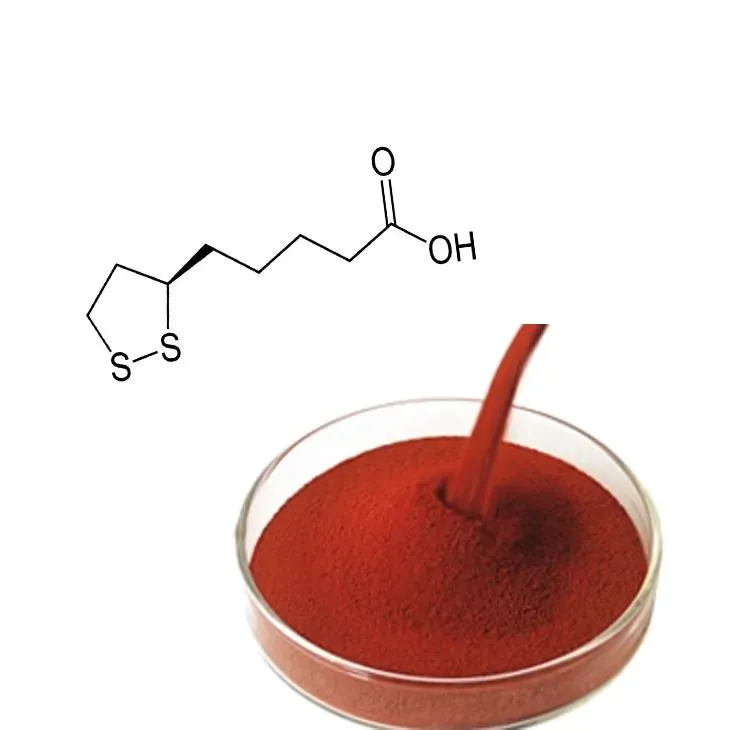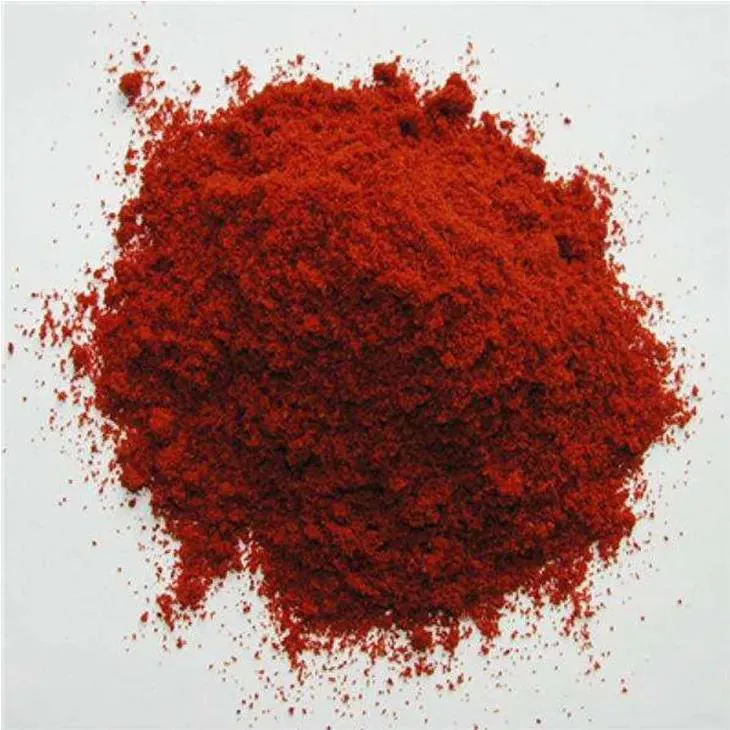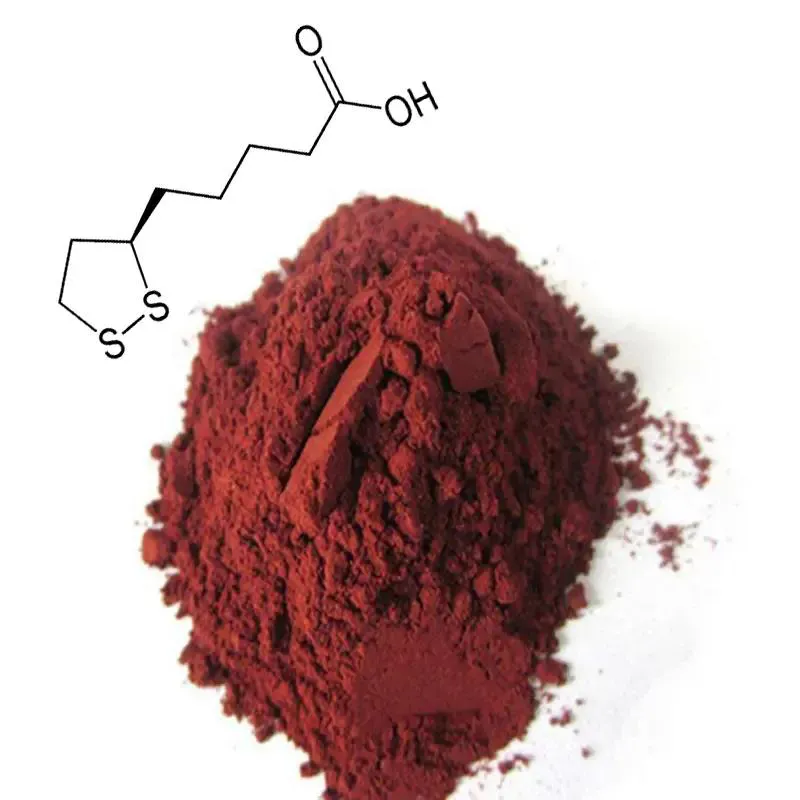- 0086-571-85302990
- sales@greenskybio.com
The best astaxanthin in nature.
2024-11-27

1. Introduction to Astaxanthin in Nature
Astaxanthin is a remarkable substance that exists abundantly in nature. It is not artificially created but is the result of natural biological processes. This makes it a highly sought - after compound in various fields, especially in nutrition and health.
Natural Origins of Astaxanthin: Astaxanthin is found in different organisms in nature. It is a part of the natural ecological system and has evolved over time to play important roles in the organisms that produce it.

2. Sources of Astaxanthin in Nature
2.1 Plants and Fungi
Some plants and fungi contribute to the production of astaxanthin in nature. However, their contribution is relatively limited compared to other sources.
For example, certain fungi may contain astaxanthin, but the extraction process from fungi can be complex and may not yield large quantities. Some plants also have trace amounts of astaxanthin, yet it is not their main bioactive compound.
2.2 Yeasts
Some yeasts can synthesize astaxanthin under specific conditions. Yeast - derived astaxanthin has been studied for its potential applications.
However, the biosynthesis in yeasts may require precise control of environmental factors such as temperature, pH, and nutrient availability. Also, the quality and quantity of astaxanthin produced by yeasts may vary depending on the yeast strain and cultivation methods.
2.3 Microalgae
Microalgae - derived astaxanthin: Among all the natural sources, microalgae - derived astaxanthin is often considered of the highest quality.
The biosynthesis of astaxanthin in microalgae is a highly regulated process. Microalgae have specific metabolic pathways that ensure the proper formation and functionality of astaxanthin.
For instance, the genetic makeup of microalgae is designed in such a way that it can efficiently produce astaxanthin when exposed to certain environmental stimuli. These stimuli can include changes in light intensity, nutrient availability, and temperature.

3. Biological Significance of Astaxanthin
3.1 Adaptation to Environmental Stresses in Organisms
From a biological perspective, natural astaxanthin helps organisms adapt to environmental stresses, such as ultraviolet radiation.
Many organisms that are exposed to high levels of UV radiation, such as some marine organisms, have developed the ability to produce astaxanthin as a defense mechanism. Astaxanthin can absorb and dissipate the harmful energy from UV radiation, protecting the cells and tissues of the organisms.
Antioxidant Properties: Astaxanthin also has strong antioxidant properties. In the face of environmental stressors, it can scavenge free radicals that are generated within the cells of organisms. Free radicals can cause damage to DNA, proteins, and lipids, leading to various physiological problems. Astaxanthin's antioxidant activity helps to maintain the integrity of these cellular components.
3.2 Role in Human Health
For humans, consuming natural astaxanthin can potentially bring about multiple health benefits.
3.2.1 Skin Health
One of the most notable benefits is the improvement of skin health. Astaxanthin can protect the skin from the damage caused by UV radiation. It can also help to reduce skin aging by combating oxidative stress at the cellular level.
Studies have shown that regular consumption of astaxanthin - rich supplements or foods can lead to a more youthful and radiant complexion. It can also help in reducing the appearance of wrinkles and fine lines.
3.2.2 Eye Health
Astaxanthin is beneficial for eye health as well. It can reduce eye fatigue, especially for those who spend long hours in front of digital screens.
The antioxidant properties of astaxanthin help to protect the eyes from oxidative damage. It can also improve visual acuity and may play a role in preventing certain eye diseases such as macular degeneration.
3.2.3 Cardiovascular Health
Supporting cardiovascular health is another important aspect of astaxanthin's role in human health.
It can help to reduce inflammation in the blood vessels, which is a key factor in the development of cardiovascular diseases. Astaxanthin may also improve blood lipid profiles by reducing levels of bad cholesterol and increasing levels of good cholesterol.

4. The Importance of Natural Astaxanthin in Nutrition and Health
Natural astaxanthin is truly a gift from nature that has attracted much attention in the fields of nutrition and health.
Nutritional Value: In terms of nutrition, astaxanthin is a valuable addition to the diet. It is a source of antioxidants that are essential for maintaining overall health.
Health - promoting Effects: The various health - promoting effects of astaxanthin make it a popular ingredient in dietary supplements. It is often combined with other nutrients to create comprehensive health products.
However, it is important to ensure the quality and purity of astaxanthin products. Since the market for astaxanthin is growing, there may be some products that do not meet the required standards.
Consumers should look for products that are sourced from reliable natural sources, especially those derived from microalgae, which are known for their high - quality astaxanthin production.
5. Future Prospects of Astaxanthin Research
The study of astaxanthin is still in its relatively early stages, and there are many areas for further research.
Medical Applications: In the medical field, more research is needed to fully understand the potential of astaxanthin in treating various diseases. For example, its role in preventing and treating cancer is an area that requires in - depth investigation.
Bioavailability and Delivery Systems: Another aspect that needs further study is the bioavailability of astaxanthin. Improving the bioavailability of astaxanthin can enhance its effectiveness in the human body. Researchers are exploring different delivery systems, such as nano - technology - based carriers, to improve the absorption and utilization of astaxanthin.
Sustainable Production: As the demand for astaxanthin increases, sustainable production methods need to be developed. Microalgae - based production of astaxanthin has the potential to be more sustainable compared to other sources, but further optimization of cultivation techniques and resource management is required.
6. Conclusion
In conclusion, astaxanthin is a natural treasure with a wide range of biological significance and potential health benefits for humans. Microalgae - derived astaxanthin stands out as the highest - quality source among natural sources.
As research continues, we can expect to learn more about this amazing compound and how it can be better utilized in the fields of nutrition, health, and medicine. It is essential that we protect and sustainably utilize the natural sources of astaxanthin to ensure its long - term availability for the benefit of all.
FAQ:
What are the main natural sources of astaxanthin?
There are several natural sources of astaxanthin. Some plants and fungi can contribute to its production. However, microalgae - derived astaxanthin is often regarded as of high quality. Also, certain yeasts can synthesize astaxanthin under specific conditions.
Why is microalgae - derived astaxanthin considered the best?
The biosynthesis of astaxanthin in microalgae is a highly regulated process. This regulation ensures its proper formation and functionality, which is why it is often considered of the highest quality compared to other natural sources.
How does natural astaxanthin help organisms adapt to environmental stresses?
From a biological perspective, natural astaxanthin helps organisms adapt to environmental stresses like ultraviolet radiation. It likely plays a role in protecting cells or cellular components from the damage caused by such stresses.
What are the potential health benefits of consuming natural astaxanthin for humans?
For humans, consuming natural astaxanthin can potentially improve skin health, reduce eye fatigue, and support cardiovascular health.
Is it easy to obtain natural astaxanthin?
Obtaining natural astaxanthin can be somewhat challenging as it depends on the source. Microalgae - derived astaxanthin, for example, requires proper cultivation and extraction processes. However, with the development of technology, it has become more accessible in the form of supplements and in some natural food sources.
Related literature
- Astaxanthin: Sources, Extraction, Stability, Biological Activities and Its Commercial Applications"
- "The Role of Astaxanthin in Human Health and Nutrition"
- "Natural Astaxanthin: Production and Applications in Health and Cosmetics"
- ▶ Hesperidin
- ▶ citrus bioflavonoids
- ▶ plant extract
- ▶ lycopene
- ▶ Diosmin
- ▶ Grape seed extract
- ▶ Sea buckthorn Juice Powder
- ▶ Beetroot powder
- ▶ Hops Extract
- ▶ Artichoke Extract
- ▶ Reishi mushroom extract
- ▶ Astaxanthin
- ▶ Green Tea Extract
- ▶ Curcumin Extract
- ▶ Horse Chestnut Extract
- ▶ Other Problems
- ▶ Boswellia Serrata Extract
- ▶ Resveratrol Extract
- ▶ Marigold Extract
- ▶ Grape Leaf Extract
- ▶ blog3
- ▶ blog4
-
Manufacturers of Euphrasia Extract.
2024-11-27
-
Chinese peppermint oil powder factories.
2024-11-27
-
The best green tea extract on the market.
2024-11-27
-
Nature's Bounty Okra Extract.
2024-11-27
-
Chinese Oyster Peptide Powder Factories.
2024-11-27
-
The best organic L - carnitine.
2024-11-27
-
Yellow Pine Extract
2024-11-27
-
Coconut Water Powder
2024-11-27
-
Feverfew Extract
2024-11-27
-
Angelica sinensis extract
2024-11-27
-
Konjac Powder
2024-11-27
-
Troxerutin
2024-11-27
-
Saponin Extract
2024-11-27
-
Hedyotis Diffusa Extract
2024-11-27
-
Mulberry Extract
2024-11-27
-
Baicalin
2024-11-27





















